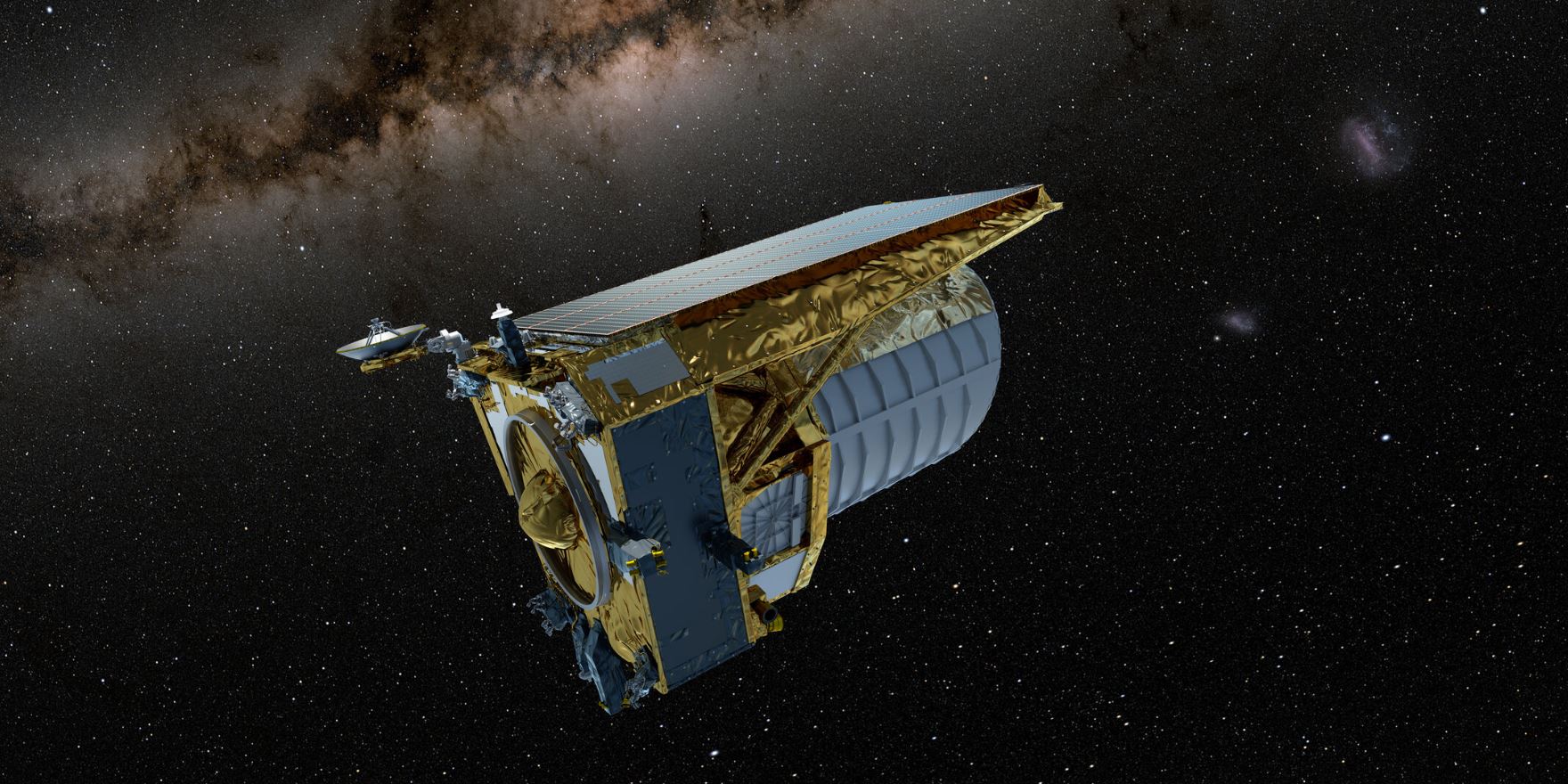 The European Space Agency’s Euclid mission is making waves with its first batch of survey data, offering us an awe-inspiring look into the universe’s vastness. As of March 19, 2025, this mission has revealed a stunning array of galaxies, each uniquely positioned within the cosmic web.
The European Space Agency’s Euclid mission is making waves with its first batch of survey data, offering us an awe-inspiring look into the universe’s vastness. As of March 19, 2025, this mission has revealed a stunning array of galaxies, each uniquely positioned within the cosmic web.
This initial release is nothing short of groundbreaking, covering huge portions of the sky with three detailed mosaics. It brings to light countless galaxy clusters, active nuclei, and transient phenomena. Notably, this marks the first time over 380,000 galaxies and 500 gravitational lens candidates have been classified, thanks to the powerful combination of artificial intelligence and citizen science.
Prof. Carole Mundell, ESA’s Director of Science, aptly puts it, “Euclid is proving to be the ultimate discovery machine, surveying galaxies on an unprecedented scale. It allows us to delve into our cosmic history and explore the unseen forces shaping our universe. With this first data release, scientists have a treasure trove of information to explore, addressing some of the most intriguing questions in modern science. ESA is committed to enabling scientific progress for generations to come.”
Euclid’s mission is to map the cosmic web by delivering the deepest observations from three key areas of the sky. In just a week, it identified 26 million galaxies, with some located as far as 10.5 billion light-years away. By 2030, the mission plans to revisit these regions multiple times, refining its cosmic atlas to cover one-third of the sky.
Valeria Pettorino, ESA’s Euclid project scientist, shares, “It’s impressive how a single observation of the deep field areas has already provided us with a wealth of data. This data can be used for a variety of purposes in astronomy, from studying galaxy shapes to exploring strong lenses, clusters, and star formation.”
The mission’s data collection relies on its high-resolution visible instrument (VIS) and the near-infrared instrument (NISP), which are crucial for determining galaxy distances and masses. This helps us understand the universe’s dark matter and energy, which make up 95% of its totality.
Clotilde Laigle from the Euclid Consortium highlights, “The full potential of Euclid to learn more about dark matter and dark energy from the large-scale structure of the cosmic web will be realized only when it completes its entire survey. Yet, even this first data release gives us a unique glimpse into the large-scale organization of galaxies, helping us learn more about galaxy formation over time.”
The mission’s vast dataset, expected to include images of over 1.5 billion galaxies, presents both immense opportunities and challenges in analysis and categorization. AI, combined with human effort, plays a crucial role in this endeavor.
Mike Walmsley, a Euclid Consortium scientist, emphasizes, “We’re at a pivotal moment in how we handle large-scale surveys in astronomy. AI is a fundamental part of our process, essential for fully exploiting Euclid’s vast dataset.”
In a significant breakthrough, the first detailed catalog of more than 380,000 galaxies has been achieved, showcasing features like spiral arms and tidal tails. This milestone, aided by the “Zoobot” AI and nearly 10,000 citizen scientists, highlights Euclid’s potential to redefine our understanding of galaxy evolution.
The mission also explores gravitational lensing, where light from distant galaxies bends due to intervening matter, revealing the universe’s hidden structures. Euclid’s AI models, combined with citizen science, have identified 500 strong lens candidates, paving the way for future discoveries.
Pierre Ferruit, ESA’s Euclid mission manager, notes, “Euclid is rapidly covering larger areas of the sky thanks to its unprecedented surveying capabilities. This data release showcases the incredible potential we have by combining the strengths of Euclid, AI, citizen science, and experts into a single discovery engine, essential for tackling the vast volume of data returned by Euclid.”








